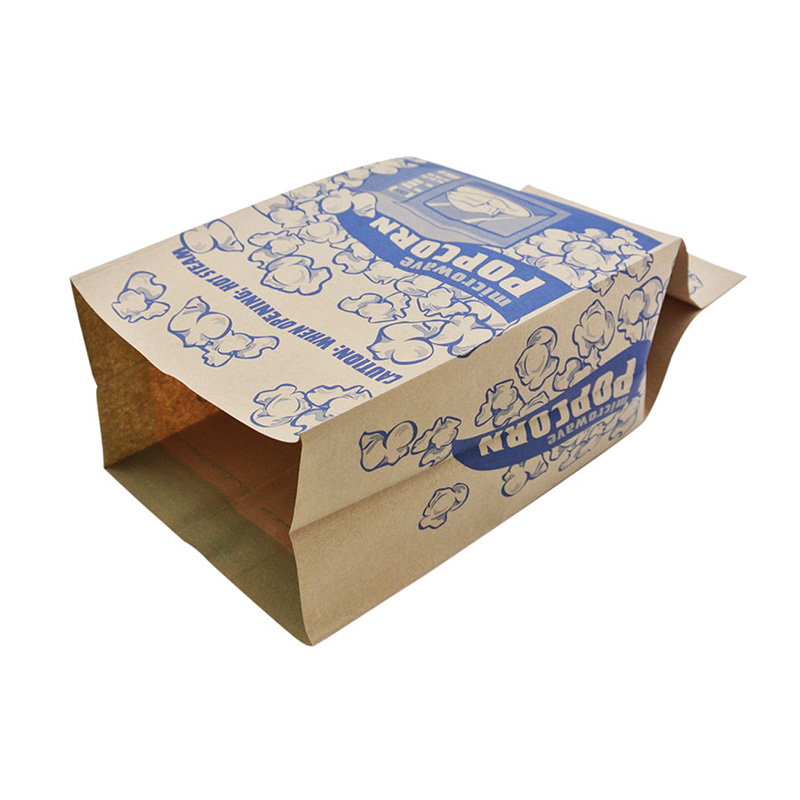The price of paper
Paper is a great paradox. It is the kind of product we both love and loathe. We want to live in a paperless world, yet we covet our packages, paper goods, printers and publications.
What many don’t know is that we are suffering from a severe global paper shortage and rising paper prices that have repercussions for how we live.
Even in an e-everything world in which technology is replacing certain products, paper remains a staple of life. From wallpaper to toilet paper, from sacred religious texts to treaties, it seems we can’t live with paper, and we can’t live without it.
First, some background: Paper is roughly 2,000 years old, having first been made in China in A.D. 105 using a mixture of mulberry bark, hemp, rags and water, mashed into pulp.
The first paper mill in America was built in 1690 in Pennsylvania using the ancient Chinese method of shredding old cloth into individual fibers. Later it was discovered that trees, abundant and cheap, provided an ample supply of pulp.
But the price and demand for lumber has significantly increased since the pandemic started, and supply has not kept up. Working from home means more boxes arriving at scattered addresses. COVID-19 has driven many people to construct backyard structures, build new homes and send more gifts in boxes.
According to the U.S. Bureau of Labor Statistics, the costs of pulp and paper for corrugated boxes increased by over 25 percent between 2020 and 2021, making it more expensive to procure paper.
Experts report that some of the major lumber supply chain problems come from a workforce shortage, a lack of truckers to move materials, manufacturing problems and now the increase in gas prices, all of which affect wood and its delivery.
Over the last couple of years, the price of processed wood products increased significantly. During the first year of the COVID-19 pandemic, processed wood prices nearly quadrupled. Wholesale prices for plywood increased from $400 to $1500 per 1,000 square sheets.
Although it is convenient to blame everything on COVID, the truth is that paper mill production in America has been declining since long before the pandemic. Like many aspects of industrialization, we are losing American made manufacturing and products, and that means paying more to get goods here.
Global politics also impact wood and paper since the leading timber-producing countries are China, the U.S. and Japan. (The U.S. contributes 18 percent of the world’s timber production.)
The war between Russian and Ukraine also factors into the paper disruptions in supply and price. Russia is a significant player in the world wood products market. In 2020, Russia exported over $8 billion in wood products, making it the world’s fourth-largest exporter. In 2021, that number rose to $12 billion.
Add climate change to the list of paper problems. As global temperatures rise, trees around the world are experiencing longer growing seasons, sometimes as much as three extra weeks per year.
Paper is also about politics. Remember all those arguments over ballots and how people cast them? An entire presidential election was held in limbo over so-called “hanging chads.” And we are still arguing about how we count votes in local, state and national elections.
Featured content:When to Use Cheap Kids Photography?
The Real Cost of Custom Packaging [+ Cost Saving Tips]
What is a packing cost?
How much do small businesses spend on packaging?
Useful Numbers for Cell Culture
Choosing a Child’s Book
What are 6 well plates used for?
For now, expect paper prices to keep rising along with other goods. You may hate all that junk mail and those useless flyers cluttering your mailbox. But they cost big bucks, as do paper election ballots and hard-copy magazines.
As for recycling paper, do it. It protects the environment and saves trees. Each ton of recycled paper can save 17 trees.
Paper is a simple concept that has grown increasingly complex over decades in terms of cost, availability, the environment and the advent of global technology. If we can untangle the problems around paper, we might be able to unpack our way through a thicket of global issues.
Tara D. Sonenshine is the Edward R. Murrow Professor of Practice in Public Diplomacy at The Fletcher School of Law and Diplomacy at Tufts University. Follow her on Twitter @TSonenshine.
Even as the pandemic faded and supply chains were restored, 2022 saw increases in prices, too. Some of that is due to longer growing seasons for trees, a consequence of climate change.
In looking at the entire cycle to produce commercial paper, it’s complicated and requires lots of phases. The costs associated, such as fuel and energy, are ballooning due to inflation. So, what can you expect in 2023?
2023 Paper Price Expectations
In looking at paper production, it’s a global industry. Mills are in many countries, including China, the U.S., Mexico, Japan, Russia, and Germany. While each has its own economy, global trends impact the business. Some of the most recent pricing announcements include:
- Mitsubishi HiTec Paper raised all prices across its portfolio by 15% in September 2022.
- Nippon Paper announced it would increase prices by 15-25% in 2023, citing high costs of raw materials and energy.
Overall, there is uncertainty in the market, and demand is still outpacing supply. The year ahead could involve much higher rates and availability issues. If your organization handles print and mail in-house, your budget will need to grow, cutting out other expenditures. You can find relief by working with a transactional print and mail company.
Save Money on Print and Mail Even If Paper Prices Rise
In the current paper market, the trend lines on price keep going up, but that’s less of an impact for professional printers. Working from a no-waste principle called a white paper factory is key to their ability to absorb increased costs. The process involves feeding reams of white paper to print documents and envelopes simultaneously. There is no need for pre-printing, and there is no waste, either.
The rate that transactional printers pay for paper is much better than what companies that are not in the business can get. The purchases are in bulk, with large annual volumes of documents printed.
Another benefit of outsourcing is that availability of paper is minimized. Such organizations have contracts with the top paper vendors and receive adequate allocation each month. Shortages aren’t a concern. Whereas, if you hit such a snag, you’d have to pay even more elevated rates.
Additionally, all the costs associated with your internal operations are gone when you outsource. You won’t need to budget for equipment, other materials, technology, labor, and electricity. An organization can also save on postage.
Saving money is a top reason that organizations choose to outsource. It’s not the only one, however. Transactional printers specialize in mailings that are confidential, regulated, and secure. As a result of this singular focus, the accuracy, quality, compliance, and security of the process are elite.
If you are wondering about your 2023 budget numbers, you’ll want to connect with our outsourcing experts to see what you can save and gain.
The price of paper
2023 Paper Costs Preview: What to Expect and How to Save Money on Print and Mail
Featured content:Key Questions to Ask When Ordering perfume decanter
The Buyer’s Guide to Picking the Perfect Perfume
Everything You Need to Know to Order Plastic Business Cards
The history of food packaging: how packaging design has changed
5 Reasons Why Flyers Are Still Relevant?
The Ultimate Buyer's Guide for Purchasing Digital Card Printing
DIY Wedding Invitations: Benefits and Printing Tips
194
0
0
All Comments (0)
Previous: Children’s Book Sales Statistics – WordsRated
Next: What are the types of 3D printers and what can they do?
If you are interested in sending in a Guest Blogger Submission,welcome to write for us!





Comments